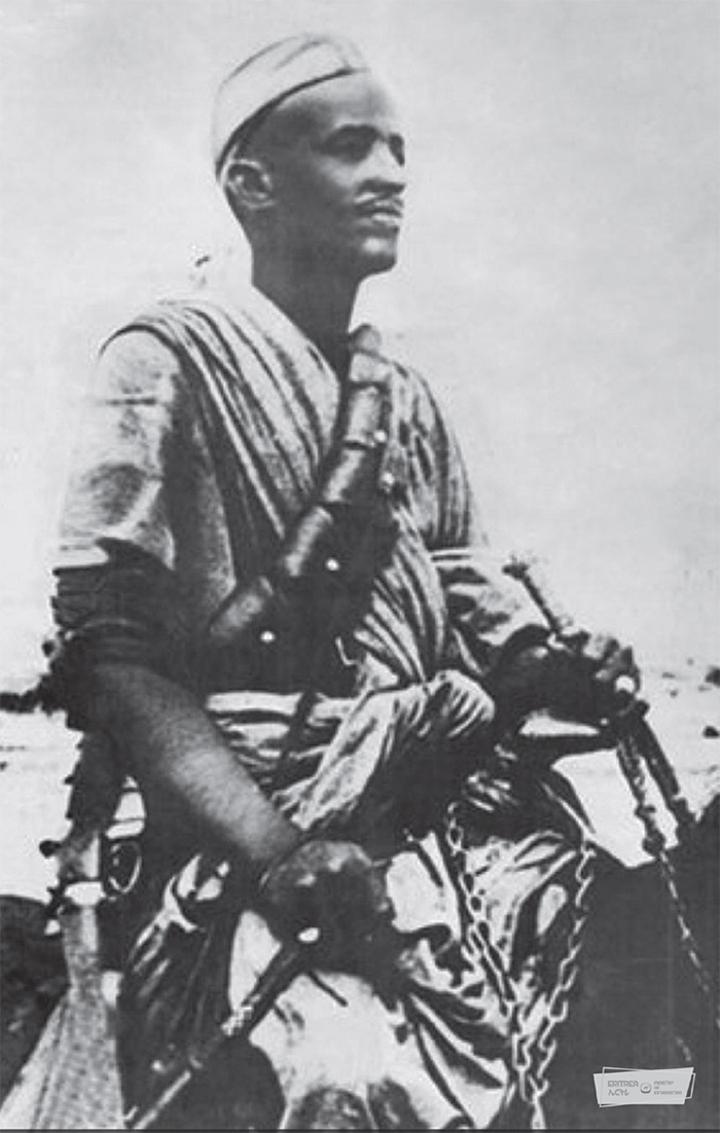Africa-Press – Eritrea. It is nearly the end of August. The beginning of September will soon be upon us. In Eritrea, that generally means several things. That the rainy and wet keremti (summer) season is almost at its end, ready to give way to the quewi (harvesting) season. That a vast swathe of the countryside and mountains will soon be covered in sheets of green and dotted by colourful embaba (flowers). That juicy and delicious beles fruit can be found on every street corner. That Yohannes and Meskel, those special festive occasions, are around the corner.
Of course, however, on top of these seasonal signposts, what also makes this period especially important in Eritrea is that it is the anniversary of the beginning of the nation’s long and bitter armed struggle for independence. Bahti Meskerem, or September 1st, is a national holiday and an occasion filled with deep patriotism and utmost pride. It is among the most significant days on the annual calendar for all Eritreans, regardless of age, gender, ethnicity, religion, or other distinction. For Eritreans, it offers an important opportunity to reflect upon and remember the monumental contributions, immense sacrifices, and heroic exploits of so many to bring about what to many for so long seemed highly unlikely, if not essentially impossible: the defeat of Africa’s largest, best-equipped army and the achievement of independence .
On 1 September 1961, now 60 years ago, and on its Diamond Jubilee, the Eritrean independence movement transitioned from street demonstrations, non-violence, and peaceful protest, to active, armed resistance. Years before, on 20 September 1949, the United Nations General Assembly (UNGA) decided to send a second commission of inquiry into Eritrea to explore a potential “solution [to] the problem of Eritrea.” In the delegation’s subsequent report about their visit to the country, Sir Zafrulla, the Pakistani representative, warned, “An independent Eritrea would obviously be better able to contribute to the maintenance of peace (and security) than an Eritrea federated with Ethiopia against the true wishes of the people. To deny the people of Eritrea their elementary right to independence would be to sow the seeds of discord and create a threat in that sensitive area of the Middle East.” These words would prove to be highly prophetic.
After a lengthy international process seeking to develop an appropriate the solution to the Eritrea question, on 2 December 1950, United Nations Resolution 390 (V) was passed by the UNGA. Resolution 390 (V), which was backed and sponsored by the United States, extinguished Eritreans’hopes and aspirations for independence, federating Eritrea with Ethiopia as “an autonomous unit … under the sovereignty of the Ethiopian Crown.”
Ethiopia, an absolute monarchy ruled by Emperor Haile Selassie, viewed the federal structure with disdain and contempt. Almost immediately from the outset, the Emperor began to violate the terms of the federal arrangement; just nineteen days after the federal arrangement was officially ratified and came into force, the imperial regime committed its first violation, through Proclamation 130. The Emperor’s views of the arrangement calling for Eritrea’s autonomy were made unmistakably clear in a speech he delivered to the Eritrean Assembly on 22 March 1955, where he declared: “There are no internal or external affairs as far as the office of his Imperial Majesty’s representative is concerned, and there will be none in the future. The affairs of Eritrea concern Ethiopia as a whole and the Emperor.” Eventually, the entire Eritrean constitution would be replaced, while the Eritrean flag was replaced by that of Ethiopia. Eritreans were also banned from speaking or using their own languages (such as Arabic and Tigrinya), with Amharic, the dominant language of Ethiopia, being made the official language. Press freedoms were abolished, Eritreans were forced to dissolve their political parties and trade unions, and whole industries were relocated from Asmara to Addis Ababa.
Eritreans were also subjected to state repression, severe violence, and persecution, while all forms of civil disobedience, opposition, dissent, and resistance, which had largely been peaceful and involved broad segments of the The Eritrean population was forcefully crushed. Assassination attempts against nationalists became common and routine. Some of the most prominent Eritrean nationalists, such as Woldeab Woldemariam, Ibrahim Sultan, and Idris Mohammed Adem, were forced into exile. From abroad they continued their opposition to Ethiopia’s expansionism and helped to establish resistance groups.
It is worth noting that Eritrea had been guaranteed a review of its case by the United Nations if Ethiopia violated the international resolution. Despite the guarantee, and even though many Eritrean political leaders and activists, on numerous occasions, appealed to and petitioned the United Nations in protest of Ethiopia’s steady dismantling of the federal the arrangement, the United Nations and the international community remained silent and failed to muster a response. Finally, in November 1962, the imperial regime dissolved the Eritrean parliament under the force of arms and annexed Eritrea, proclaiming it as the empire’s fourteenth province. Again, the United Nations and the the international community voiced no objections and failed to act in response to this flagrant breach of international law.
It was within this historical backdrop that on 1 September 1961, harbenya (patriot) Hamid Idris Awate and a small band of fighters, armed with only a handful of old rifles, fired the first shots of the armed struggle in the Gash Barka region of Eritrea. A few months later, Abdu Mohamed Fayed became the first martyr of the armed struggle when he was killed at Adal, near Sawa. (Abdu Mohamed Fayed’s grave is now located in Sawa, while Hamid Idris Awate himself passed away about 10 months after the beginning of the armed struggle. He had succumbed to food poisoning.)
By 1991, after one of the longest national wars for liberation in modern African history and following tens of thousands of deaths, numerous more injuries, and much devastation and destruction, Eritrea finally won its independence from Ethiopia.
Personally, in addition to the pride and patriotism noted above, I see September 1st as being all about inspiration. It is a day that reiterates the importance of closely holding onto and protecting your dreams, hopes, and aspirations and persevering in the face of adversity. It reminds us to be brave and remain undaunted, even when confronted by the great tasks and obstacles we are faced with as a nation.







